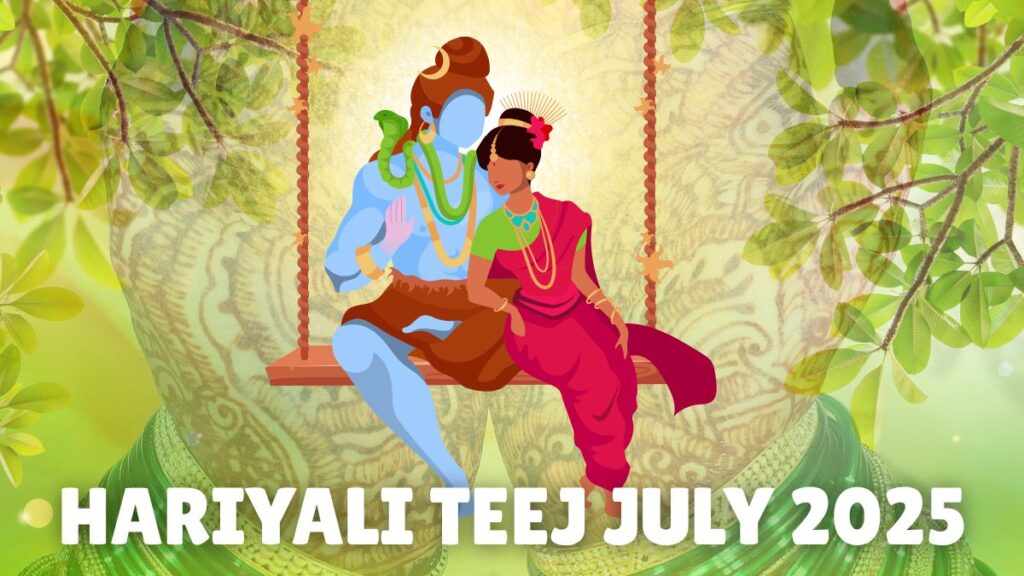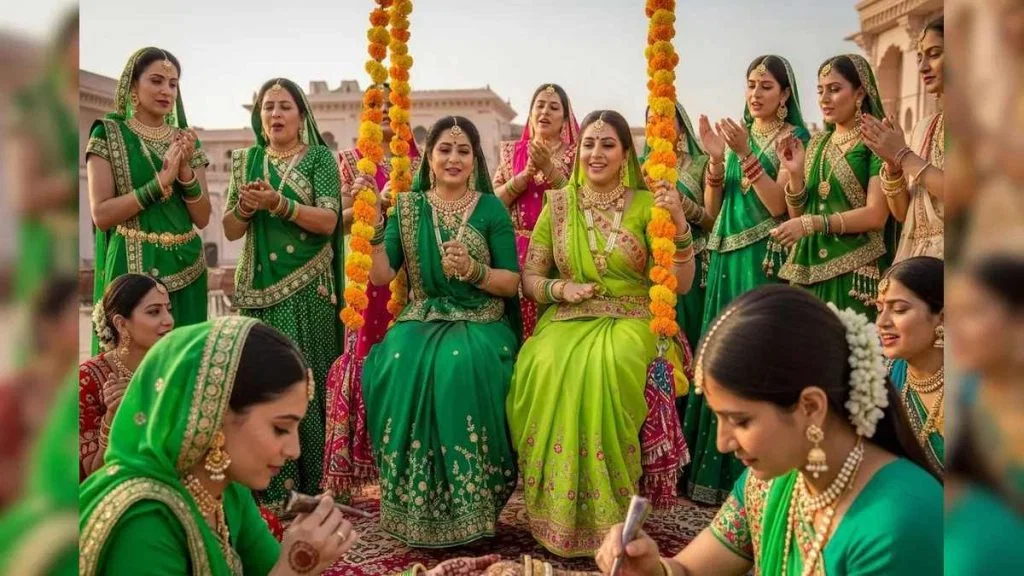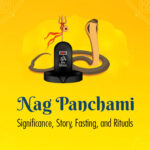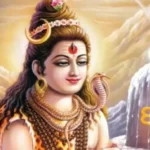
India’s cultural calendar is full of colorful and spiritually enriching festivals. Among these, Hariyali Teej stands out as a beautiful blend of devotion, nature, and femininity. Falling in the monsoon month of Sawan (Shravana), Hariyali Teej is especially popular in North Indian states like Rajasthan, Uttar Pradesh, Bihar, Madhya Pradesh, and Haryana. It celebrates the union of Lord Shiva and Goddess Parvati and is marked by rituals, fasting, music, dance, and joyous community gatherings.
As Hariyali Teej 2025 approaches, let us take you through the date, significance, rituals, and how it’s celebrated across regions.
Hariyali Teej 2025 Date and Muhurat
Date: Sunday, July 27, 2025
Tritiya Tithi Begins: 10:41 PM on July 26
Tritiya Tithi Ends: 10:41 PM on July 27
Puja Muhurat: Best time for puja is early morning during Brahma Muhurat or Pratahkal
As the name suggests, “Hariyali” means greenery, which reflects the rejuvenation of Earth during the monsoon season. The festival is mainly celebrated three days after the new moon (Amavasya) in the Sawan month.
Religious and Cultural Significance of Hariyali Teej
Hariyali Teej commemorates the reunion of Lord Shiva and Goddess Parvati after her 108 rebirths and intense penance. It symbolizes unwavering devotion and marital fidelity.
For married women, the festival is a way to pray for the long life, well-being, and prosperity of their husbands. Unmarried women also observe this fast to seek a loving and virtuous partner, just like Goddess Parvati’s union with Lord Shiva.
Additionally, the festival aligns with the Sawan monsoon, when the Earth blooms in lush green — an embodiment of fertility, hope, and feminine energy. Hence, women wear green attire, green bangles, and adorn themselves with mehndi (henna) and traditional jewelry.
Key Rituals of Hariyali Teej
1. Nirjala Vrat (Fasting without Water)
Women undertake a strict fast without food or water for the whole day. It is a test of devotion and inner strength. The fast is broken only after the evening rituals.
2. Teej Puja
A special puja is performed with idols or pictures of Lord Shiva and Goddess Parvati. Offerings include flowers, fruits, sweets (especially ghewar), haldi (turmeric), kumkum, and green bangles. Married women pray for a happy married life, and unmarried girls seek blessings for a good match.
3. Swing Ceremony (Jhoola Ritual)
Decorated swings are hung from trees, and women swing while singing traditional Teej songs. This is symbolic of joy, monsoon delight, and feminine grace.
4. Sindhara Gifts
Married women receive Sindhara, a hamper of gifts including clothes, bangles, sweets, and cosmetics from their parents. It marks familial love and blessings.
5. Application of Mehndi (Henna)
Adorning hands and feet with beautiful mehndi designs is both a spiritual and aesthetic practice. It’s believed to bring good fortune.
6. Wearing Green Attire
Women wear green sarees or suits, symbolizing fertility, prosperity, and the lushness of the monsoon.
7. Folk Songs and Dance
Teej is incomplete without music and dance. Women gather to sing traditional songs and perform folk dances like Ghoomar, especially in Rajasthan.
Celebrations Across India

Rajasthan
One of the grandest celebrations takes place in Jaipur. The city hosts a royal Teej procession, featuring a decorated idol of Goddess Parvati, traditional music bands, camels, elephants, and folk performances. Women gather in traditional attire and celebrate with enthusiasm.
Uttar Pradesh & Bihar
Teej is celebrated with community gatherings and pujas at temples. In rural areas, women also perform regional songs and dances in groups.
Madhya Pradesh
Women in MP dress up elaborately and visit temples. The presence of water bodies like lakes and ponds adds to the charm of the festival.
Haryana & Punjab
The festival is celebrated with school holidays, government-organized Teej melas (fairs), and cultural programs. Haryana especially promotes the festival with state-sponsored events.
Delhi & Urban Areas
In cities, apartment societies organize group celebrations, mehndi competitions, fashion shows, and pujas. Eco-friendly and inclusive versions of the celebration are on the rise.
Special Teej Delicacies
No Indian festival is complete without delicious food. Although fasting is observed, special delicacies are prepared and enjoyed after the vrat:
Ghewar: A Rajasthani sweet soaked in sugar syrup, often garnished with dry fruits and malai.
Kheer and Puri: Rice pudding paired with deep-fried bread.
Malpua: A sweet pancake soaked in syrup.
Fruits and Coconut: Often included in puja offerings and consumed post-fast.
Eco-Friendly and Modern Celebrations in 2025
With growing environmental consciousness, Hariyali Teej 2025 is seeing modern, sustainable adaptations:
Eco-friendly décor using natural flowers and biodegradable materials.
Digital Sindhara via e-gifts and online mehndi tutorials.
Green Gifting ideas like plant saplings, herbal cosmetics, or organic sweets.
Inclusive celebrations inviting people across communities to join in.
Do's and Don’ts for Hariyali Teej Vrat
Do’s:
Begin your day with a bath and wear clean traditional attire.
Set up a clean place for puja with proper arrangements.
Observe the fast sincerely and meditate.
Listen or read the Teej Vrat Katha during puja.
Don’ts:
Avoid eating or drinking during the fast (unless you’re advised otherwise for health reasons).
Do not engage in negative speech or behavior.
Avoid wearing black or white — green, red, and yellow are preferred.
My Opinion
Hariyali Teej is a beautiful celebration of womanhood, love, devotion, and nature. With its colorful rituals, meaningful customs, and heartfelt prayers, it offers a profound spiritual experience rooted in culture and joy. Hariyali Teej 2025 on July 27 (Sunday) brings another opportunity to pause, reflect, connect, and celebrate life’s greener side.
Whether you’re a newlywed, unmarried girl, or simply someone who cherishes Indian traditions — this festival welcomes all with open arms and swinging jhoolas. Celebrate with devotion, dance with joy, and let the monsoon magic unfold!
Related posts:
 Hanuman Jayanti 2025: Significance, Celebrations, Rituals, and Spiritual Insights
Hanuman Jayanti 2025: Significance, Celebrations, Rituals, and Spiritual Insights
 Nag Panchami 2023: Date, Puja Time, Rituals And Significance
Nag Panchami 2023: Date, Puja Time, Rituals And Significance
 Sawan Festivals 2025: Importance of Nag Panchami, Raksha Bandhan, and Hariyali Teej
Sawan Festivals 2025: Importance of Nag Panchami, Raksha Bandhan, and Hariyali Teej
 Top 10 Hariyali Teej Outfit Ideas & Mehndi Designs for Women in 2025
Top 10 Hariyali Teej Outfit Ideas & Mehndi Designs for Women in 2025
 Hindu New Year 2025: Significance, History, Traditions, and Celebrations
Hindu New Year 2025: Significance, History, Traditions, and Celebrations
 Celebrating Hariyali Teej 2023: The Festival of Greenery, Joy, and Togetherness
Celebrating Hariyali Teej 2023: The Festival of Greenery, Joy, and Togetherness
